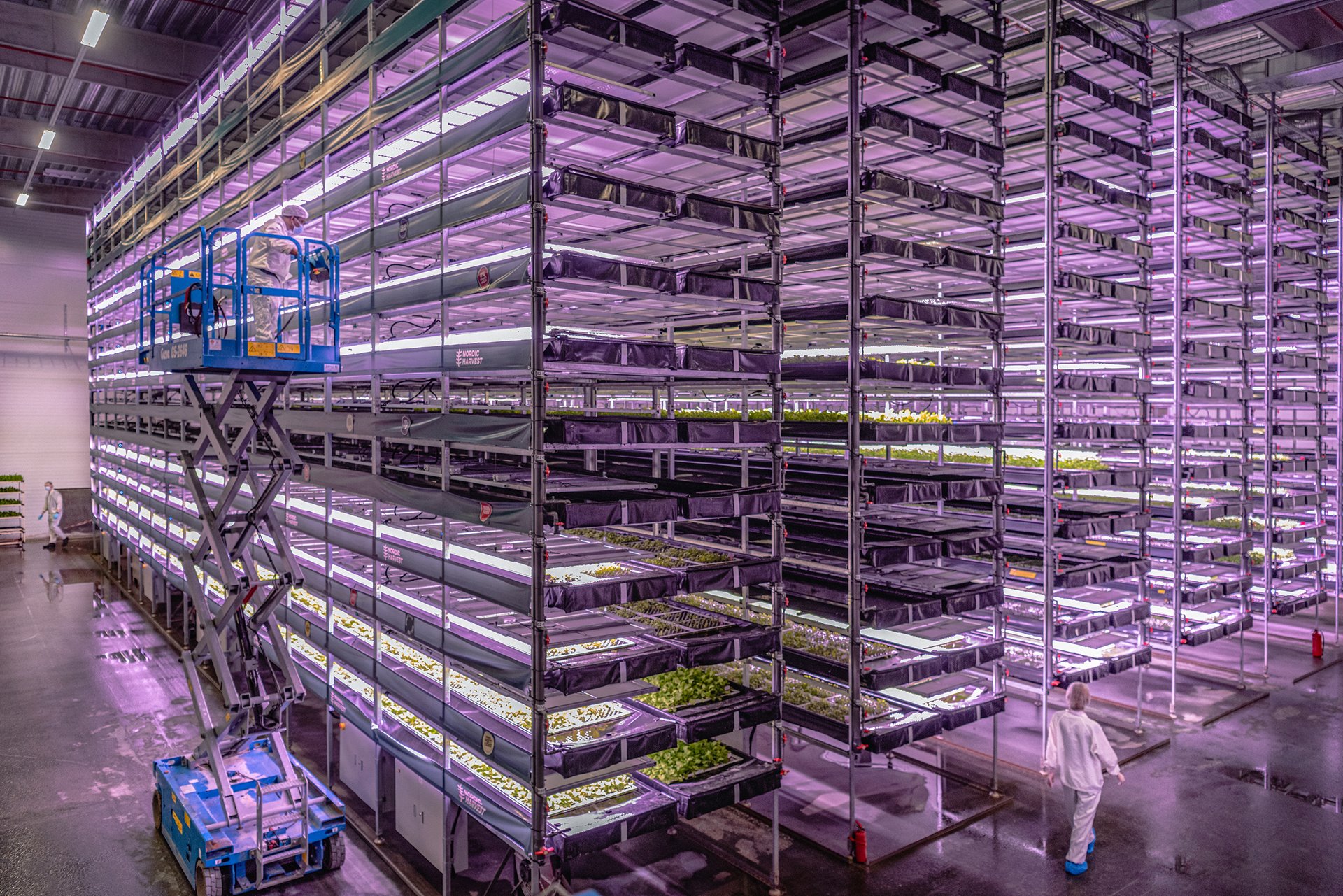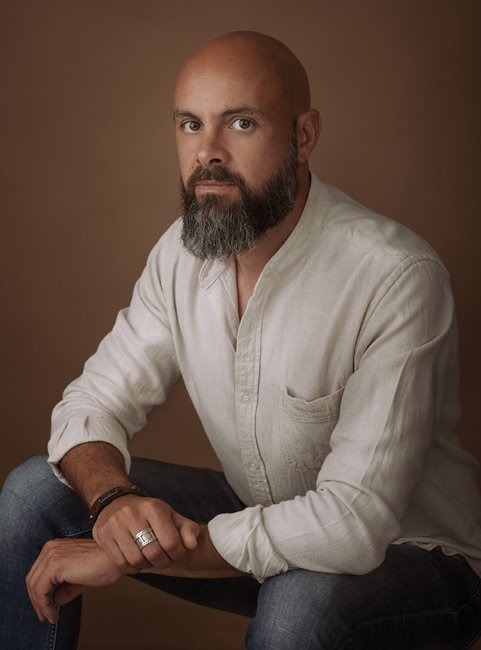An operator tends plants at what was at the time Europe’s largest and most efficient vertical farm, with 14 floors and an output capacity of more than 3,000 kilograms of produce per day, in Copenhagen, Denmark.
By having full control over the environment, the indoor farm can produce herbs and lettuce with no need for pesticides or other toxic chemicals. The farm is supplied by wind energy, and thanks to hydroponic technology (cultivation in a water-based solution of nutrients, rather than soil) uses considerably less water than outdoor fields would do.
This project documents different technologies that offer possible routes of transition to a net-zero economy. The photographer visited innovative facilities across Europe, from Iceland to Italy, from 2020 to 2022.
Human-induced climate change is the largest, most pervasive threat to the natural environment and society that the world has ever experienced, according to the UN Human Rights Office, OHCHR. This prompted the European Union to establish targets to cut greenhouse emissions by at least 55 percent by 2030 and to reduce them to net-zero by 2050. European companies seeking ways to achieve these goals are exploring renewable energies, new technologies for food production, and the circular economy as potential ways forward.

